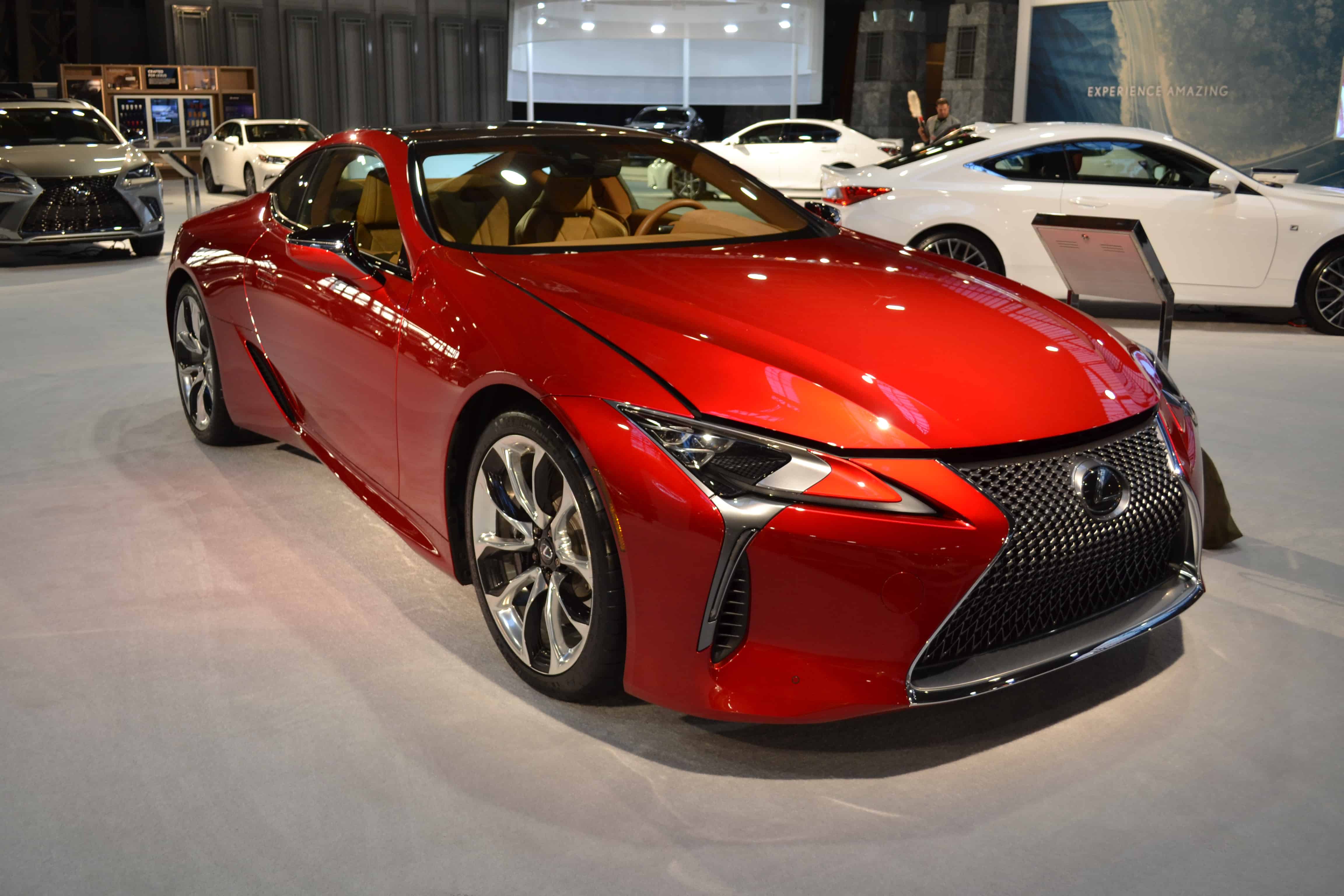Tariffs: A two-edged sword
By Keith Leonard, Esquire.
While not for the first (or the last) time in United States history, the current administration has announced the imposition of tariffs on imported steel and aluminum (though not as to steel and aluminum imported from certain countries until May 1st). The imposition of the tariffs has been couched as being done in the interest of protecting national security, but tariffs are really also a form of trade protectionism. National security protection was chosen, because it is one of the exceptions to the trade rules of the World Trade Organization (the WTO). In retaliation for the United States putting such trade barriers in place on items produced by China, that country has released its own set of tariffs on goods being exported to China from the United States.
The United States International Trade Commission (USITC) is the organization responsible for publishing the Harmonized Tariff Schedule of the United States Annotated (HTSA); this Schedule provides the applicable tariff rates and statistical categories for all merchandise imported into the United States. The Schedule is based on the international Harmonized System, which is the global system used to describe most world trade in goods.
It is certainly too early to tell what effects the imposition of such tariffs will have on either the economy of the United States or the global economy. Caution and concern over these tariffs have been expressed by both liberal and conservative analysts. In hindsight, one of the most criticized sets of tariffs in this country’s history was imposed pursuant to the Smoot-Hawley Tariff Act of 1930, during the Great Depression.
Adopted with the goal of protecting American industry and agriculture from foreign competition, the tariffs are recognized as having actually prolonged the economic downturn of that era. In response to those tariffs, many trading partners of the United States reacted (as has China now) by raising their own tariffs, with a reduction in world trade. As well-meaning as trade protectionism may seem (and sound), we live in a time of a global economy where free trade has been the common strategy of most international countries since World War II. A national interdependence has been enjoyed among these countries. Once raised, it is also commonly very difficult to reduce tariff levels; the protected parties never want to see the duty reduced or removed.
The manufacturing sector of the motor-vehicle industry is the second largest employer among all manufacturing industries in the United States and auto parts and tires contribute the most direct jobs to the motor-vehicle sector. However, the United States auto parts industry has not turned around economically as fast or as well (in terms of jobs) as the automakers have in this country from the recession of 2008.
One so-called think tank (the Economic Policy Institute, with a commonly accepted liberal bias to its reports) published an article in January 2012 citing multiple statistics in support of its conclusion that jobs in the auto parts industry in the United States were at risk due to subsidized and unfairly traded Chinese auto parts. The Economic Policy Institute’s response to President Trump’s March 1st announcement of tariffs on steel and aluminum should therefore come as no surprise – the President’s “announcement should mark the beginning, rather than the end, of efforts to develop coordinated global responses to the problems of excess capacity in steel and aluminum trade.”
On the other hand, a conservative think tank, the Heritage Foundation, published an article in advance of the tariff announcement entitled “The Trouble with Tariffs”. The author pointed out that the anticipated result this year of the administration’s prior imposition of tariffs and quotas on imports of solar cells and modules is fewer American jobs, higher prices for American consumers, and retaliation from America’s trading partners; certainly not protecting American businesses. The author concludes that “Nobody wins a trade war.”
Since many of the parts and components that the OEMs purchase are made from domestic- and foreign-sourced steel and aluminum parts, a substantial ripple effect on the entire automotive sector is expected. As it is the importer of record who is responsible for paying all duties, any contractual arrangements with suppliers should be reviewed to determine how that risk has been allocated between the parties. The effect on domestic steel prices is also uncertain, as is the “winner”, if any, of this potential trade war.
Remember that laws are constantly changing and are often not uniform throughout the United States. Do not place unqualified reliance on the information in this article. Always contact legal counsel for detailed advice.
If you have a particular issue, law or problem you would like to see addressed in a future column, please contact me at KLeonard@LeonardSciolla.com.

